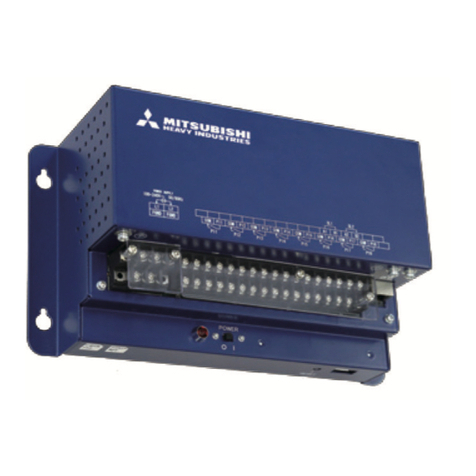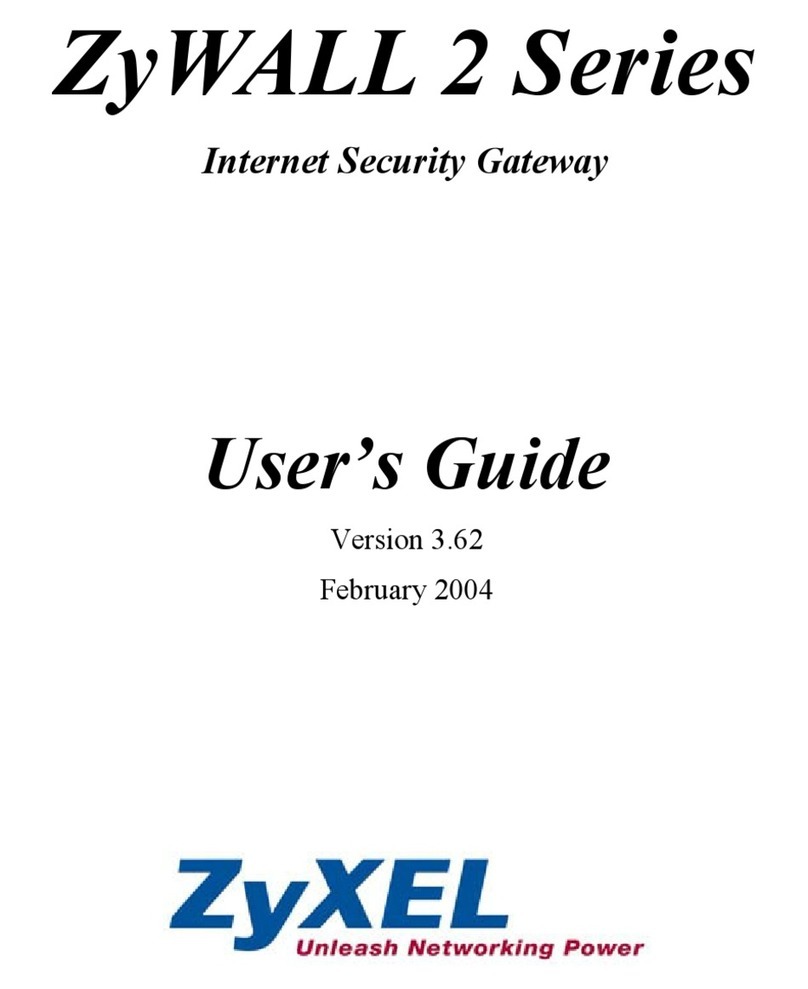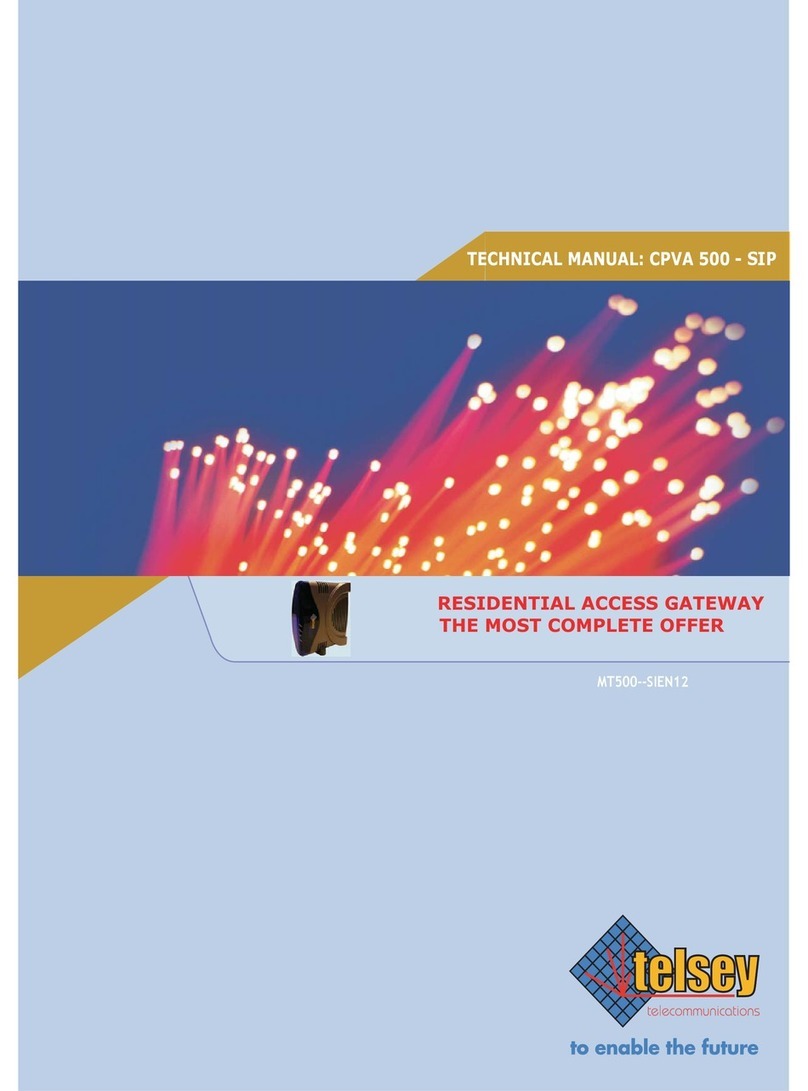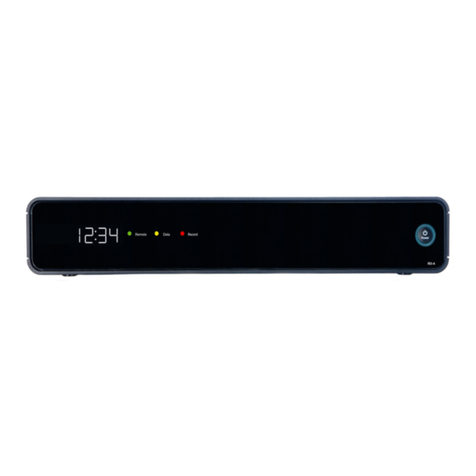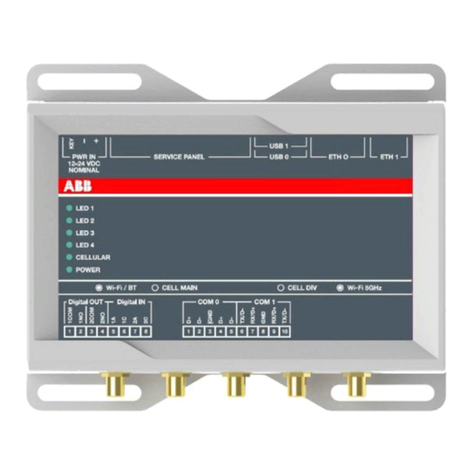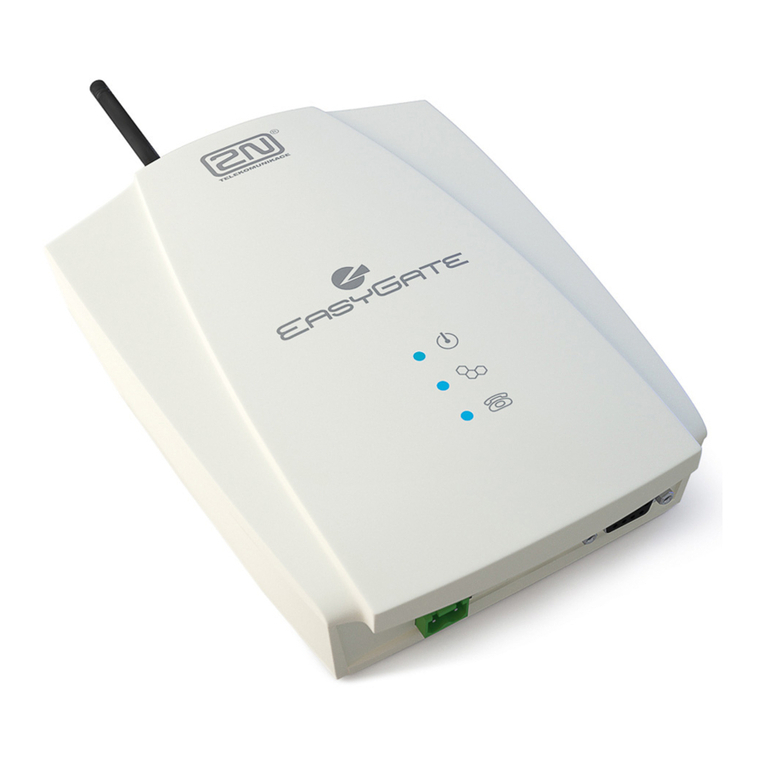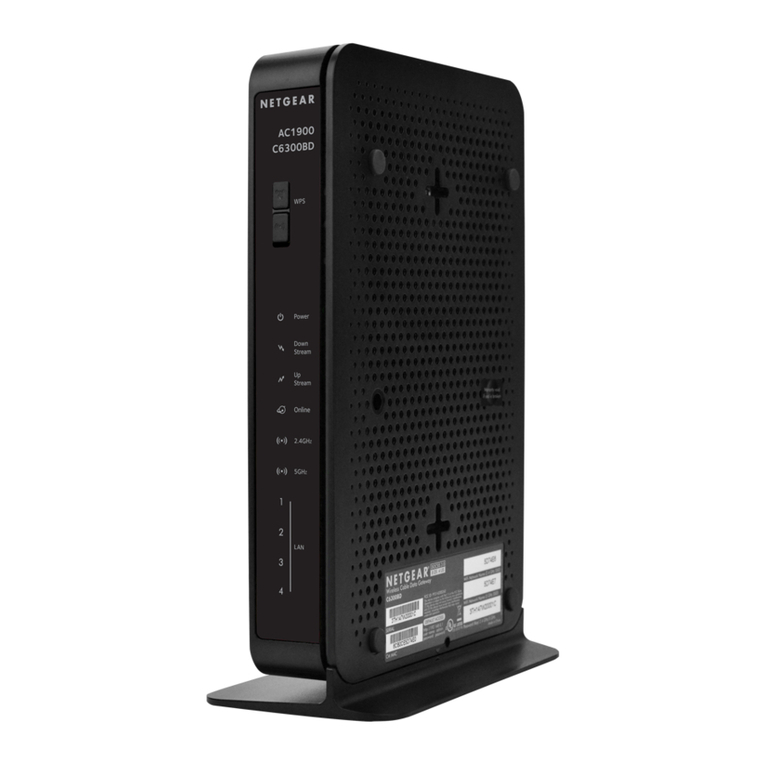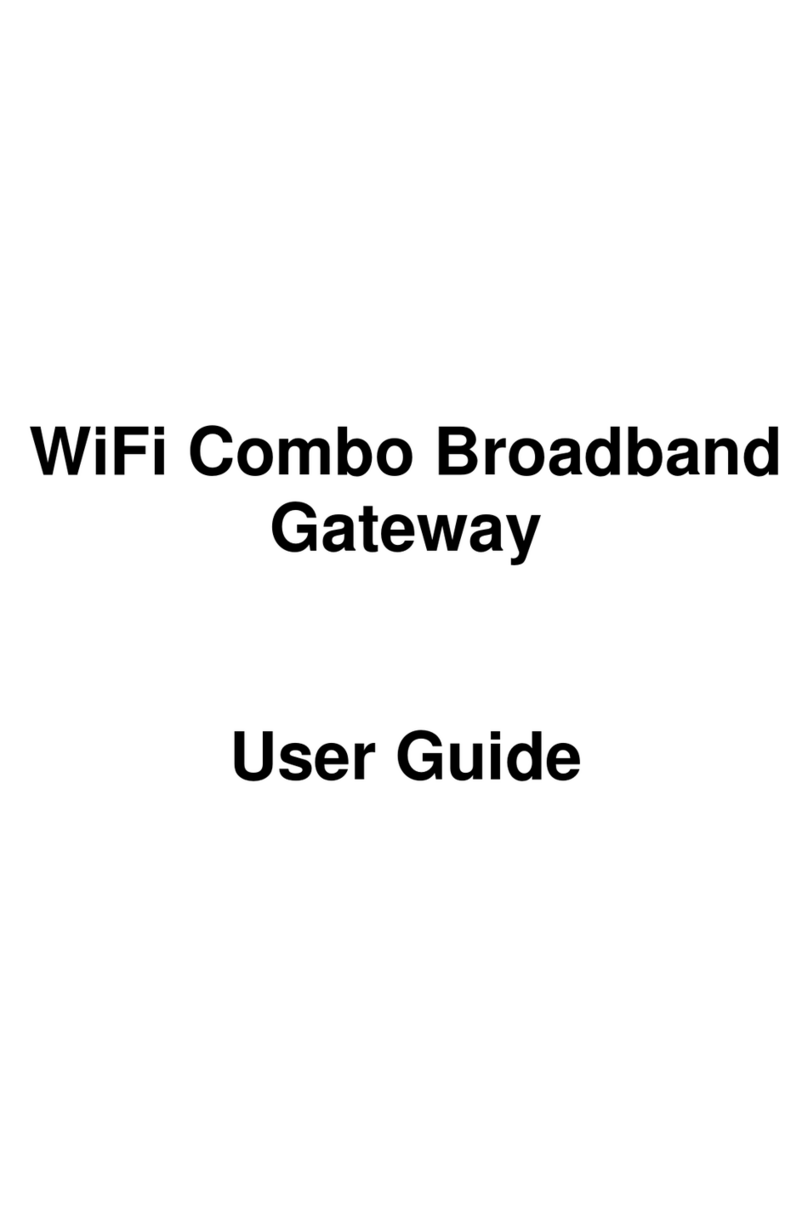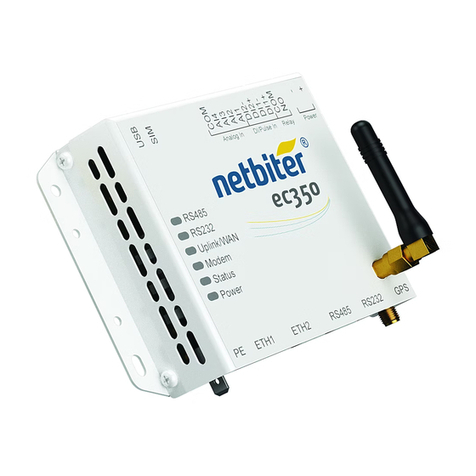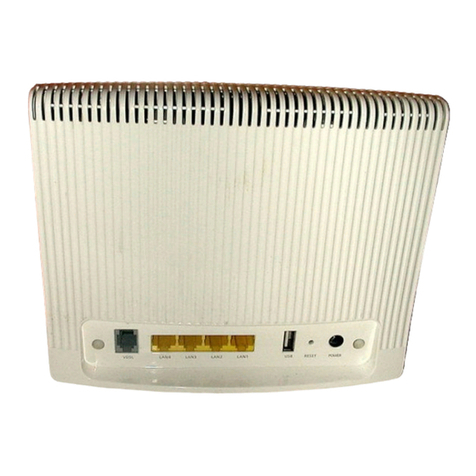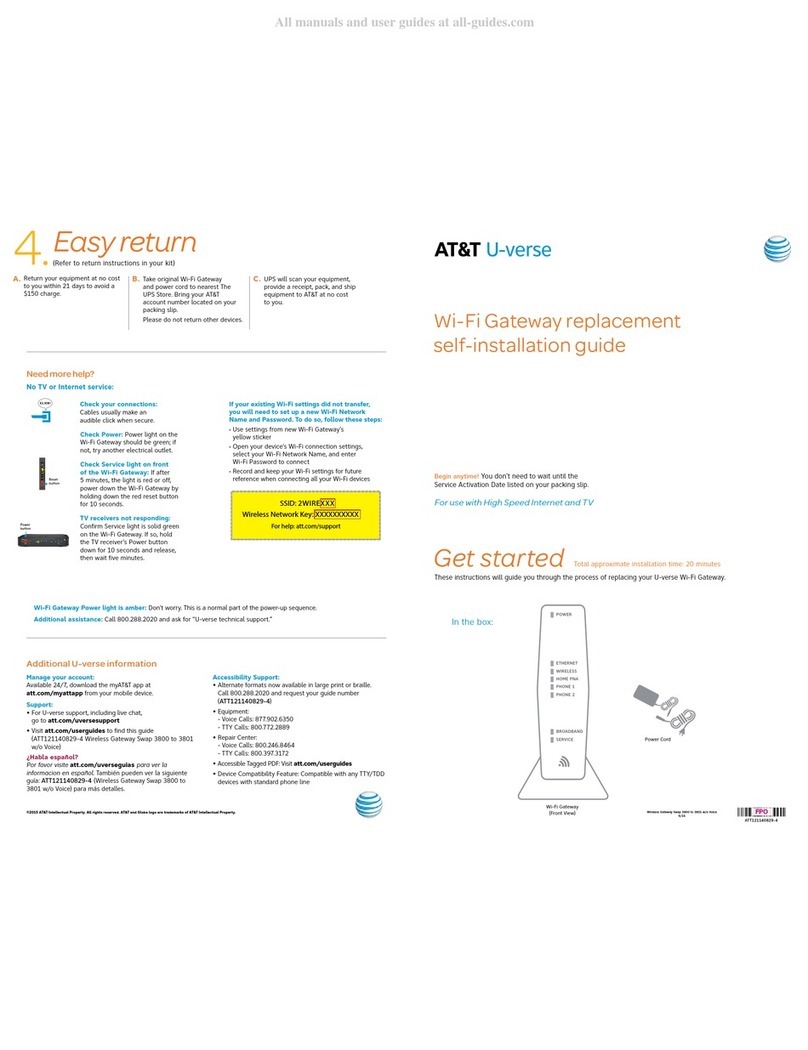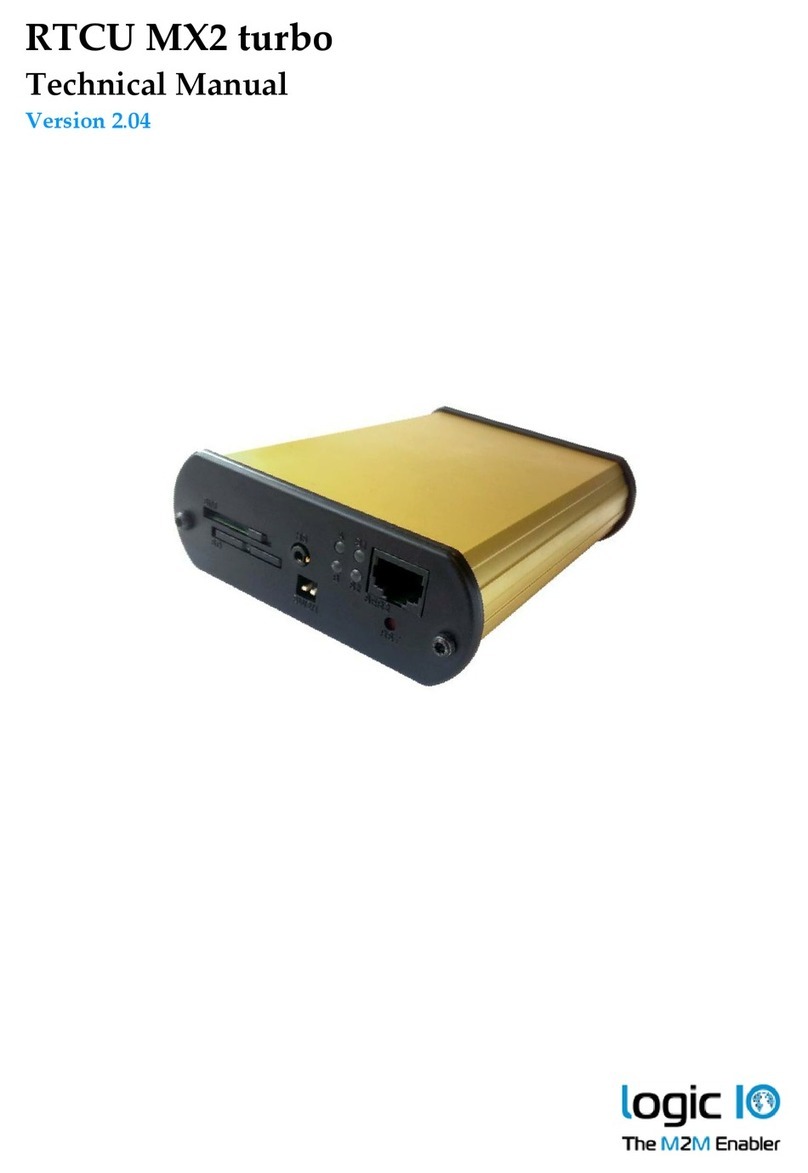
Revised 11/6/02 • LGRM-E 4 © 2002 Automated Logic Corporation
Before setting or changing the address, make
sure the LGRM-E’s power is off. The LGRM-E
only reads the address when the module is
turned on. After changing the address, you
must transfer memory to the module. Refer to
“Transferring Memory” on page 7.
IP Addressing
TCP/IP must be set up on the workstation
with an active IP address before configuring
the module’s IP address (refer to the TCP/IP
Setup for SuperVision Workstations Technical
Instructions for a detailed procedure).
You can use a default IP address for the
LGRM-E that is created by the module, or
assign an IP address if required by the
customer. The IP ADD switch (Figure 2 on
page 3) determines which IP address is used.
• Default: When the IP ADD switch is set
to Default, the following IP networking
parameters are automatically set on the
LEM Parameter page:
IP Address = 192.168.168.XXX, where
XXX is the LGRM-E’s LGnet address (see
“LGnet addressing” on page 3).
Subnet Mask = 255.255.255.0
Default Gateway Address =
19 2 . 168.168.254
NOTE The default gateway address is
an intranet address. This means that the
data packets from this address are
dropped by all internet routers and are
not sent beyond the local network
segment.
• Assigned: When the IP ADD DIP switch
is set to Assigned, you must set the
above parameters on the LEM
Parameter page.
Default mode
Use the following procedure to set the IP
address when using the Default mode:
1. Set the IP ADD DIP switch to Default.
2. Turn the LGRM-E’s power on.
3. If using SuperVision v2.6, edit your HOSTS
file to include the following line for each
gateway (see the TCP/IP Setup for
SuperVision Workstations Technical
Instructions for a detailed procedure):
192.168.168.x
Where x is the gateway’s address as
defined in “LGnet addressing” on page 3.
4. If using SuperVision v2.6, run Setup.exe
on the disk shipped with your LGRM-E.
This setup copies updated Portman files to
your emsys folder.
5. Configure the connection as Network in
SuperVision Plus v3.01 and later or
NetBIOS in SuperVision v2.6.
Assigned mode
Use the following procedure to set the IP
address when using the Assigned mode:
1. Obtain an IP address from the job site’s
Network Administrator.
2. Set the IP ADD DIP switch to Assigned.
3. If using SuperVision v2.6, edit your HOSTS
file to include the following line for each
gateway (see TCP/IP Setup for SuperVision
Workstations Technical Instructions for a
detailed procedure):
IP Address LGx
Where IP Address is the address assigned
by the Network Administrator and x is the
gateway’s LGnet address.
4. If using SuperVision v2.6, run Setup.exe
on the disk shipped with your LGRM-E.



